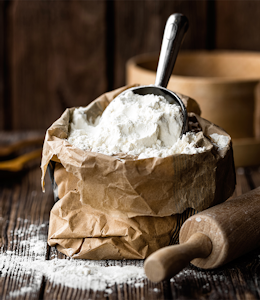Allergen Deep Dive: Sesame
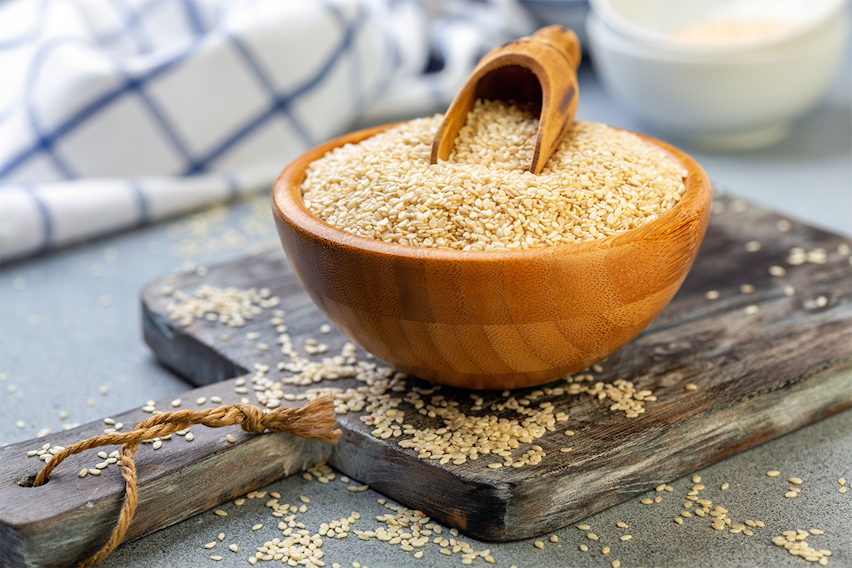
Sesame is famous among allergens because it is the one that led to the implementation of Natasha’s Law. The legislation is named for Natasha Ednan-Laperouse, a teenager who died after suffering an allergic reaction to sesame in a Pret a Manger baguette that was not labelled as containing Sesame.
Though relatively uncommon, Sesame allergies are serious and so we’ve put together a guide of everything you need to know - from the names you need to look out for on labels to the foods you should avoid...
What is Sesame?
Sesame is a plant native to tropical regions, and cultivated for its seeds - these are what most people mean when referring to Sesame.
The sesame plant has flowers similar to that of a foxglove, and they produce pods. Sesame seeds come from these pods.
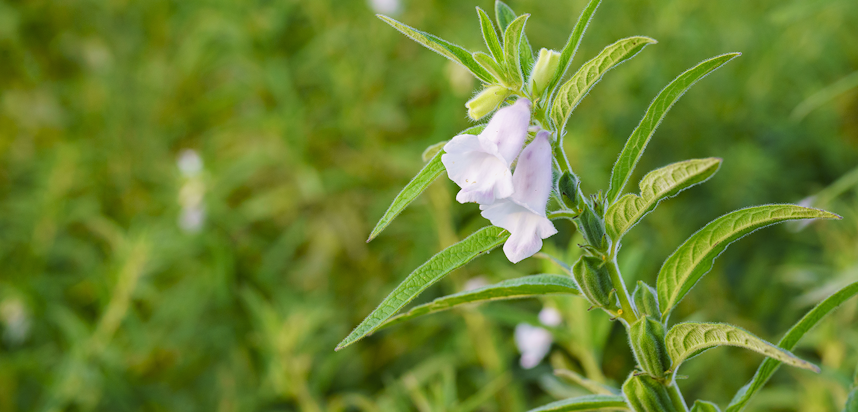
Can you be allergic to Sesame?
Yes you can be allergic to Sesame, with first cases of the allergy reported over 60 years ago.
Sesame is one of the 14 major food allergens, and therefore one of the most common sources of food allergies. People with a Sesame allergy will be allergic to both sesame seeds and sesame oil, as unlike other oils sesame oil is usually unrefined - meaning it contains all the same protein of sesame seeds.
There are several different varieties of sesame seeds - black, brown and white. Their colour depends on how much of the seed’s outer hull has been removed. Whilst black sesame seeds have the strongest flavour, white seeds contain the most Sesame allergen. However, all types can trigger a reaction.
What is a Sesame allergy?
An allergy to Sesame will trigger a negative reaction from a person’s immune system when anything containing Sesame is consumed. Sesame allergies can be extremely severe and in the worst cases this can result in fatal anaphylaxis, as in the case of Natasha Ednan-Laperouse who died after eating a sandwich containing Sesame - which ultimately led to the passing of new allergen legislation.
A sesame allergy is an allergy to the sesame plant, as well as any products that come from the plant (like sesame seeds) or that are made from the plant (like sesame oil).
Sesame allergies usually start in childhood, and only a small percentage of people will grow out of them. Those with a Sesame allergy may also be allergic to other seeds such as pumpkin seeds or mustard seeds (Mustard is another one of the 14 major food allergens).
An allergy is different to an intolerance, with the former affecting the immune system and an intolerance not affecting the immune system. A sensitivity to a substance means that its effects (such as caffeine being a stimulant) are felt more keenly than usual.
What is a Sesame intolerance?
An intolerance to a food or drink is different to an allergy because it does not affect the immune system. It prompts a negative reaction from other areas of the body - very often the digestive system. Sesame intolerance is unusual but not unheard of.
It’s important to understand that allergies and intolerances can share symptoms but only an allergy can trigger anaphylaxis, so getting the correct diagnosis and medication is critical.
What food and drinks do you find Sesame in?
Sesame is found in many types of bread - both baked into the bread and sprinkled on top of things like burger buns, breadsticks, and bagels.
Sesame can also be found in:
- Soups
- Crackers
- Tahini (a condiment made from toasted Sesame)
- Dressings and marinades
- Hummus (made with chickpeas and tahini)
- Sauces
- Pretzels
- Veggieburgers
- Baba Ganoush
- Middle Eastern foods
- Stir-frys
- Gomashio
- Halvahd
- Furikake (a Japanese condiment)
It should also be noted that cooking Sesame will not destroy the allergen proteins within it.

What are surprising foods that contain Sesame?

Sesame oil is used frequently in Asian cooking and dishes from cuisines such as Japanese, Thai and Chinese may contain Sesame. Here are some of the other surprising places you might find Sesame:
- Noodles
- Risotto
- Margarine
- Melba toast
- Chutney
- Shish kebabs
- Processed meat
- Salads
- Sushi
- Stews
- Cereals (such as muesli)
- Rice cakes
- Cosmetics
What’s another name for Sesame?
There aren’t many alternative names for Sesame but there are a few. Some other names for Sesame you might find on a food label are:
- Sesame seeds
- Sesame oil
- Benne
- Benne seed
- Gingelly
- Gingelly oil
What does an allergic reaction to Sesame look like?
Sesame allergy symptoms usually appear within an hour of eating or coming into contact with the allergen. These symptoms include:
- Red, itchy rash (either raised or not raised)
- Dizziness
- Vomiting and nausea
- Mouth itching or tingling
- Hives
- Shortness of breath and/or wheezing
- Sneezing
- Diarrhoea
- Face, mouth and/or throat swelling
- Abdominal pain
- Difficulty swallowing
- Wheezing
An allergic reaction may also result in anaphylaxis. This can be fatal, and the symptoms include:
- Difficulty breathing
- Faintness and dizziness
- Swollen tongue and issues with speaking or swallowing
- Tight chest
- Collapsing and losing consciousness
If a person experiences anaphylaxis an ambulance must be called.
How do you treat a Sesame allergy?
A Sesame allergy is best treated by avoiding foods or drinks that contain Sesame. To do this it’s important to check labels and menus carefully for full ingredients so it can be determined whether Sesame may be present. If a mild reaction is suffered, antihistamines may help.
If an anaphylactic reaction occurs an AAI should be administered and 999 called.
How can I avoid Sesame?
Sesame can be a difficult allergen to avoid - it’s a popular ingredient in Asian cooking, and if eating in restaurants of that cuisine you should check to see whether the dishes include Sesame or have been cooked in sesame oil. Care should also be taken in bakeries, where food items may come into contact with loose sesame seeds that have been used for products such as bread or bagels.
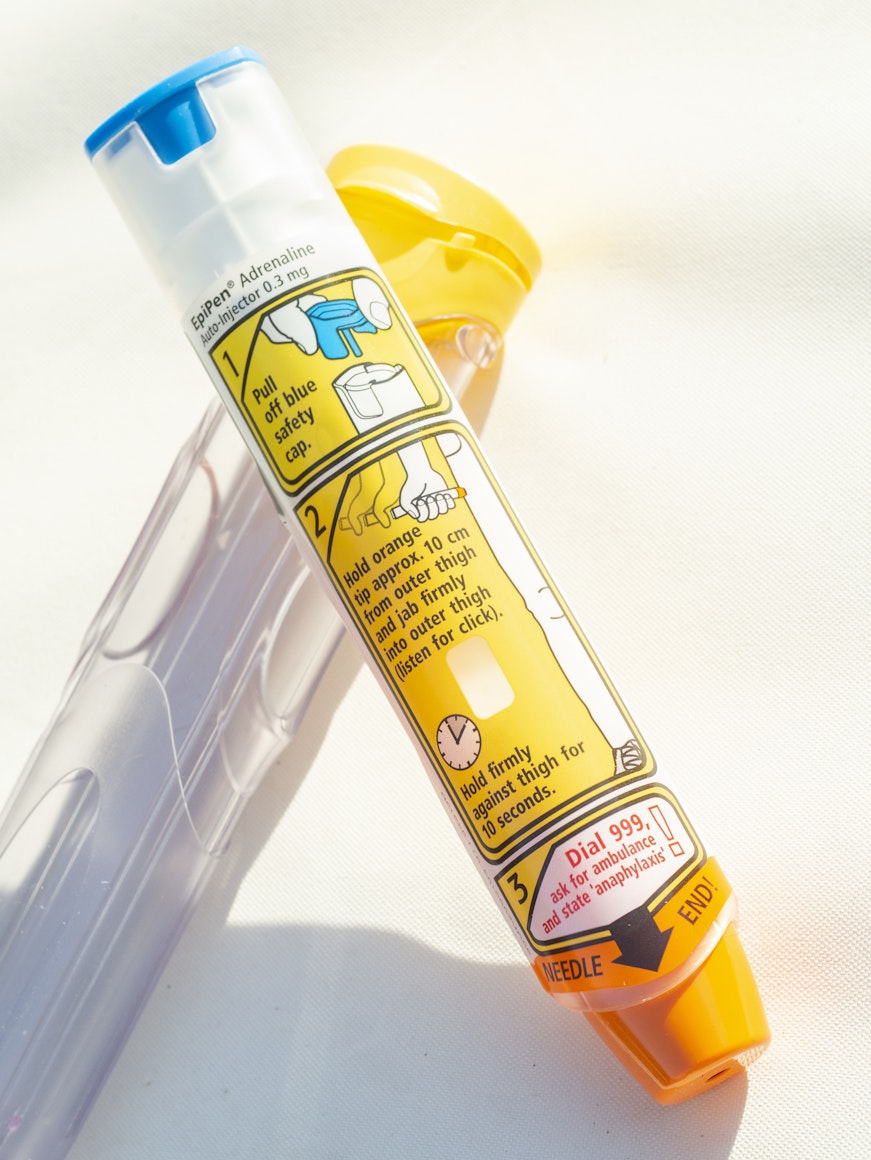
Because sesame seeds can be ‘electrostatic’, they are prone to sticking to charged surfaces such as other food items and worktops. This means anyone with a Sesame allergy needs to be very careful in any environment where they might be used for any type of food.
What’s an alternative for Sesame?
There are several alternatives for Sesame when cooking. Instead of mashed or crushed sesame you can use cashew or almond butter to make dishes such as hummus or tahini, because of the similar consistency and relatively neutral flavour.
Sunflower seeds, pumpkin seeds, poppy seeds and chia seeds can be used as a substitute for sesame seeds (or chopped nuts if avoiding seeds altogether).
The following oils make good alternatives for sesame oil:
- Olive
- Avocado
- Peanut
- Perilla (this has a similar taste to sesame oil)
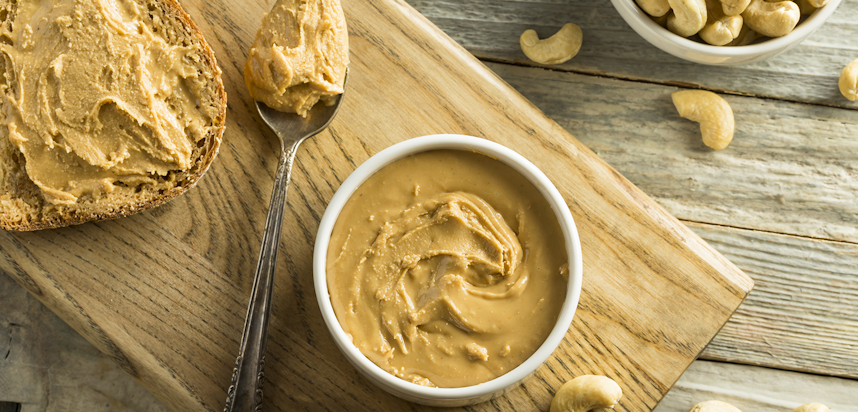
Is Sesame one of the 14 major food allergens?
Molluscs are one of the 14 major food allergens.
This means that pre-packed food sold in the UK, and the rest of the European Union, must clearly indicate on the label if it contains Molluscs.
The other major food allergens are:


